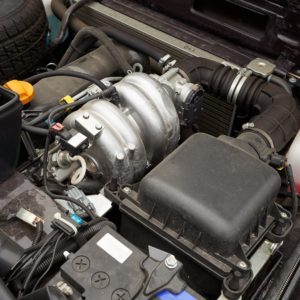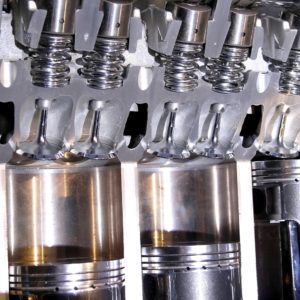If your OBD-II scanner registered a P0076 code, it means the ECM/PCM has detected a problem with the intake valve control solenoid circuit. Read on to find out more about what this code means, what its usual causes and symptoms are, and what’s the best way to approach the issue.
What Does the P0076 Code Mean?
Diagnostic trouble code (DTC) P0076 stands for “Intake Valve Control Solenoid Circuit Low Bank 1.” It is logged when your vehicle’s powertrain control module (PCM) perceives that the voltage from your intake valve control solenoid circuit is below the set specifications.
Bank 1 refers to the side of the engine where cylinder #1 is located. Typically, the intake valve control solenoid is found on the side of the cylinder head where the intake manifold is located.
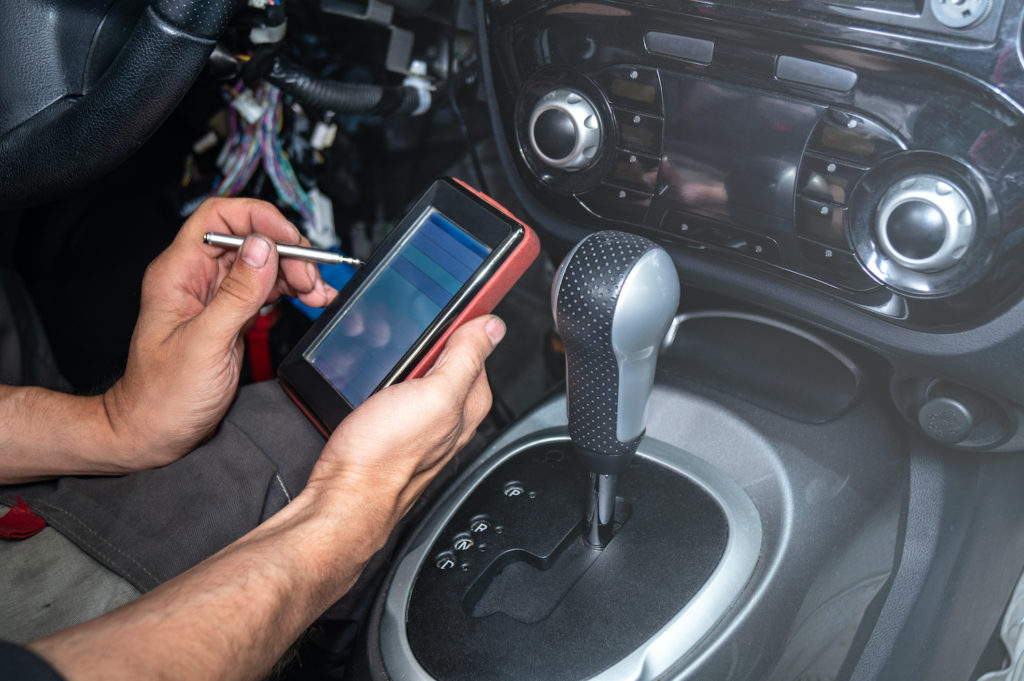
In older engines, conventional camshafts are synchronized to the crankshaft permanently. This synchronized movement makes it possible for the intake and/or exhaust valves to operate at a specific time in the combustion cycle. Meanwhile, on newer engines, a feature called variable valve timing (VVT) makes it possible to change camshaft position at different operating modes.
The main function of a VVT system is to regulate the opening and closing of the intake and/or exhaust valves to help improve fuel economy and engine performance. It uses actuator(s) mounted at the end of the camshaft(s).

The PCM regulates engine oil with the help of a control solenoid to operate the actuator, thereby adjusting or changing the position of the camshaft. The control solenoid is controlled by the PCM using a pulse width modulated (PWM) signal. Once the PCM detects a voltage signal that’s below factory specifications, it will trigger the code.
You can learn more about the VVT system in our advanced technical discussion about camshaft angle and variable valve timing.
Note: The definition of code P0076 may be different depending on the vehicle manufacturer. Consult the appropriate repair manual or repair database for the exact code definition.

What are the Possible Causes of the P0076 Code?
Here are the common triggers of this error code:
- Circuit issues, such as damaged wires or poor connections
- A faulty VVT solenoid
- Low engine oil level
- PCM failure or software in need of an update
What are the Common Symptoms of the P0076 Code?
Here are some of the common symptoms you should watch for:
- Illuminated check engine light
- Poor engine performance
- Decreased fuel efficiency

How to Diagnose the P0076 Code
Diagnosing any code can prove challenging, especially if you aren’t well-versed in automotive repair. You may always opt to bring your vehicle to an auto repair shop. A mechanic will know how to identify the root cause of the problem.
However if you’re a seasoned DIYer and you’re up for some DIY work, we recommend consulting model-specific repair manuals to help you find the proper diagnostic procedures for your vehicle.
How to Fix the P0076 Code
There is no one fix that would work for all vehicles. The exact repair and diagnostic procedures for this DTC will depend on the vehicle you’re trying to fix. For example, repair procedures for a P0076 in Hyundai may not work for a P0076 in Subaru.
If you’re an experienced automotive DIYer and you want to try and fix the code yourself, we recommend consulting vehicle-specific repair manuals or subscribing to an online database. These resources will help you figure out the right way to resolve the P0076 code.
Where to Get a New Variable Valve Timing Solenoid for Your Car
Decreased fuel efficiency and poor engine performance are hard to deal with, and these issues usually follow a logged P0076 code. Don’t let these problems take away the joy of driving. If a faulty VVT timing solenoid triggered the code, it’s best to replace it with a new one from CarParts.com.
Our easy-to-navigate website ensures everything you need is a few clicks away. Use our vehicle selector to view the solenoids that fit your car, truck, or SUV. Then, use our filters to narrow down your search based on your preferences.
We have warehouses across the country to maximize order efficiency. In as fast as two business days, you can expect your order to arrive at your doorstep. Our 24/7 customer service is also available if you need assistance. Check out the best deals on variable timing solenoids and shop now!
Products Mentioned in this Guide
Any information provided on this Website is for informational purposes only and is not intended to replace consultation with a professional mechanic. The accuracy and timeliness of the information may change from the time of publication.

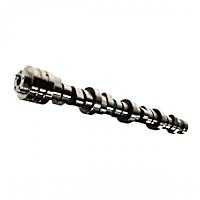 Camshaft
Camshaft
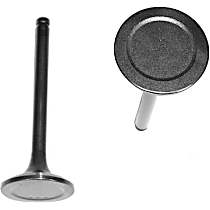 Exhaust Valve
Exhaust Valve



